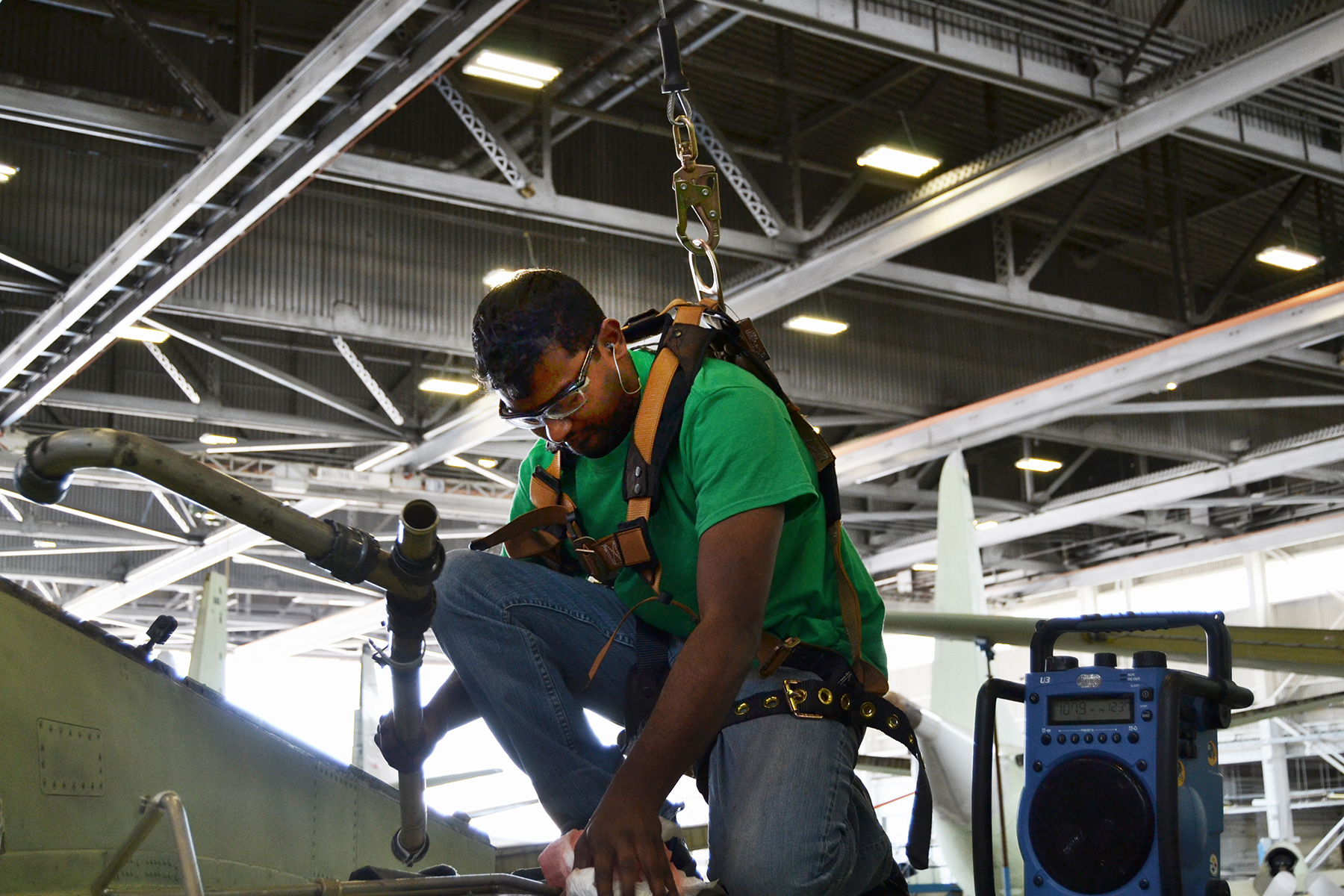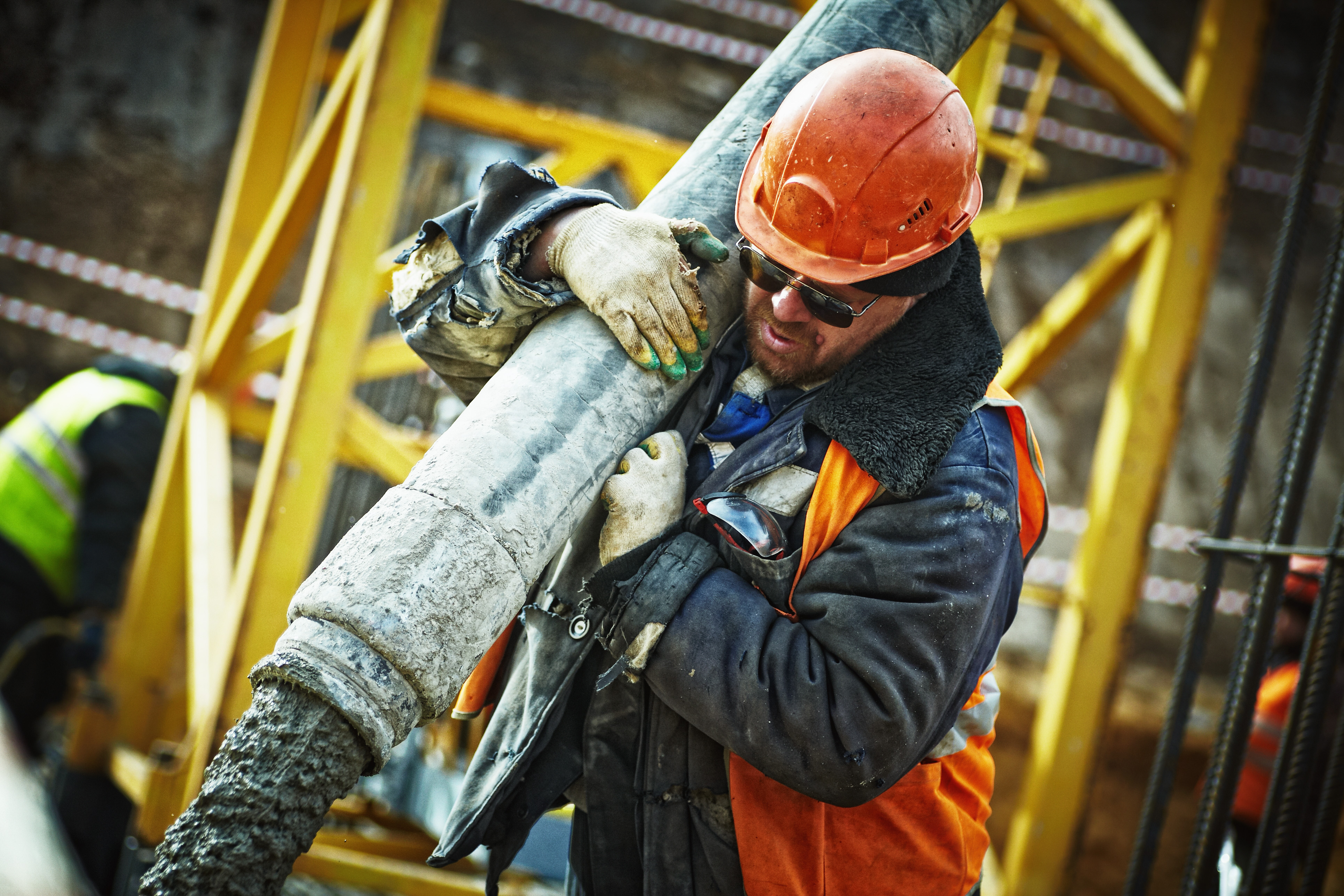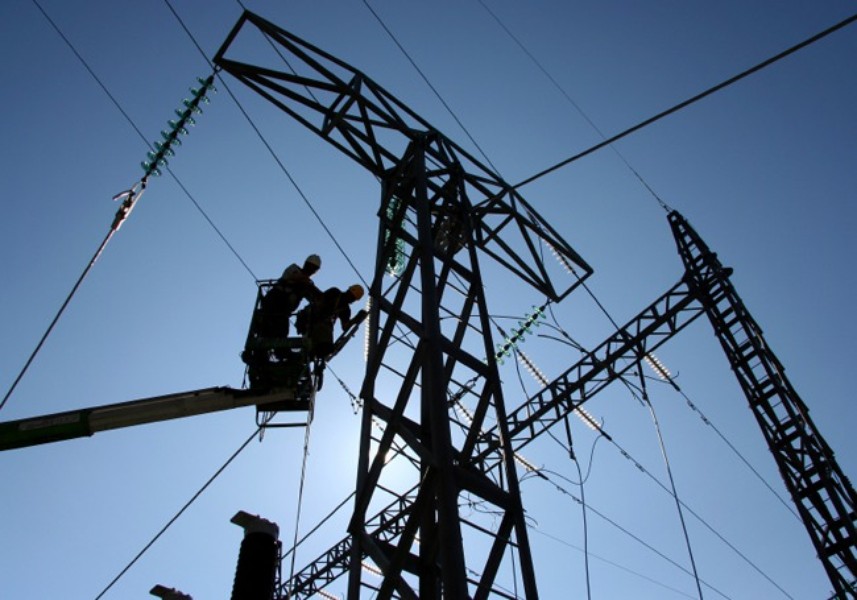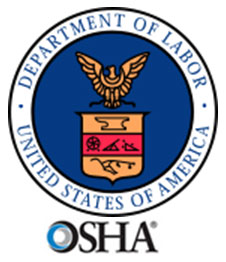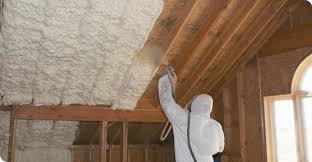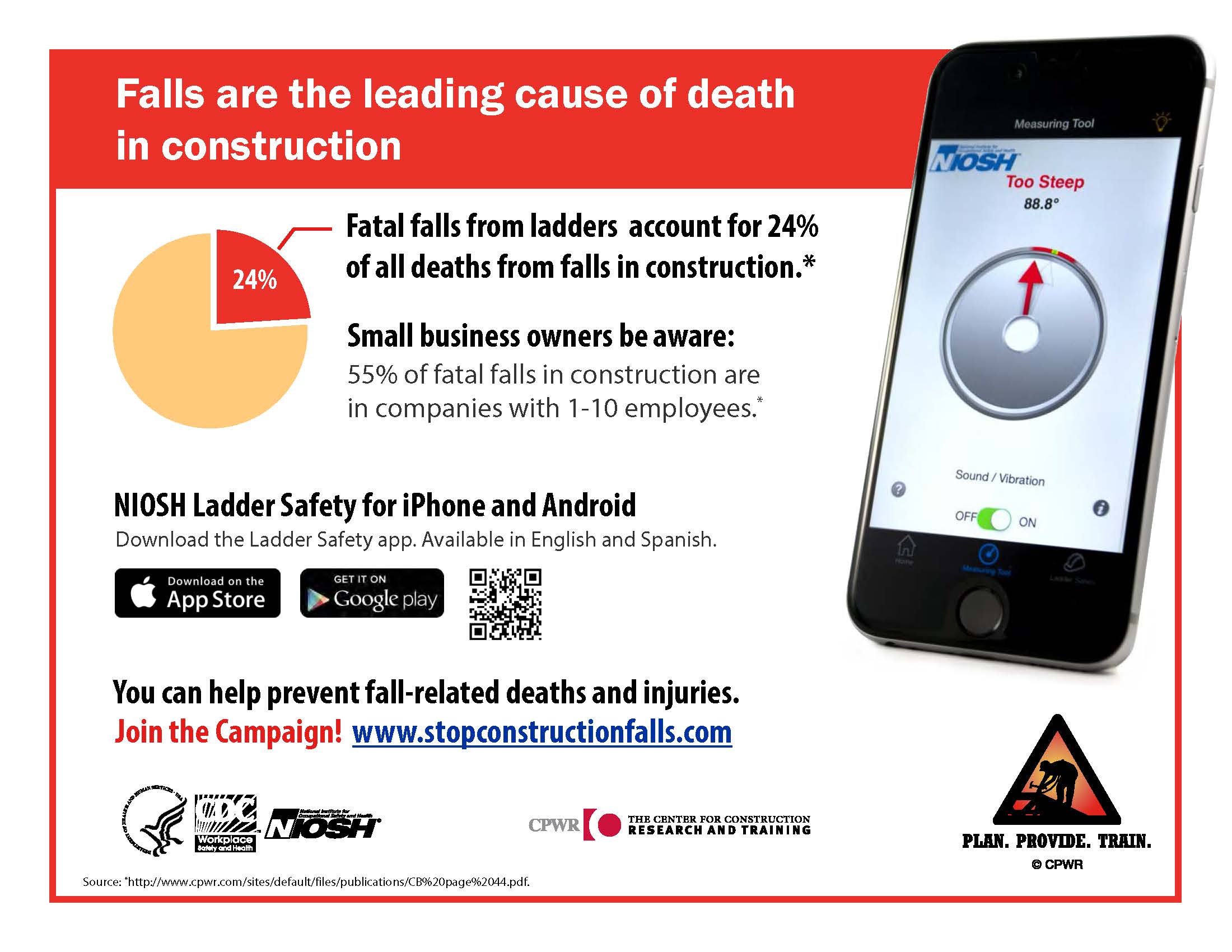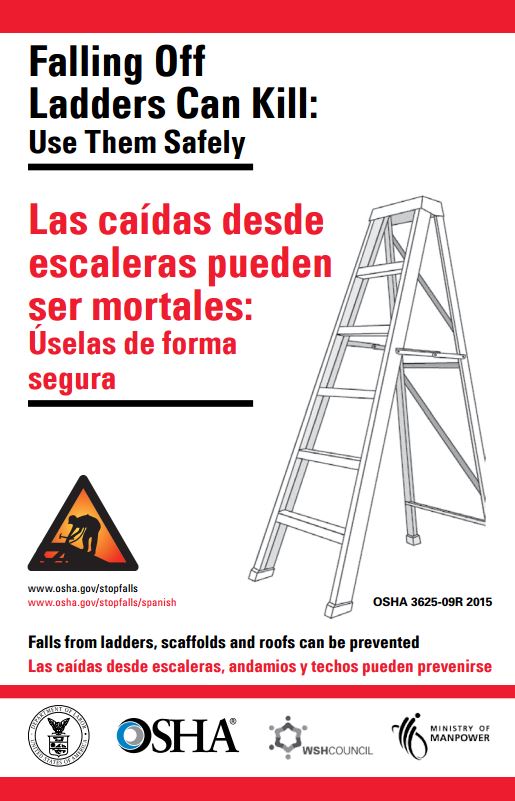The Center for Construction and Research Training just published its 2017 report
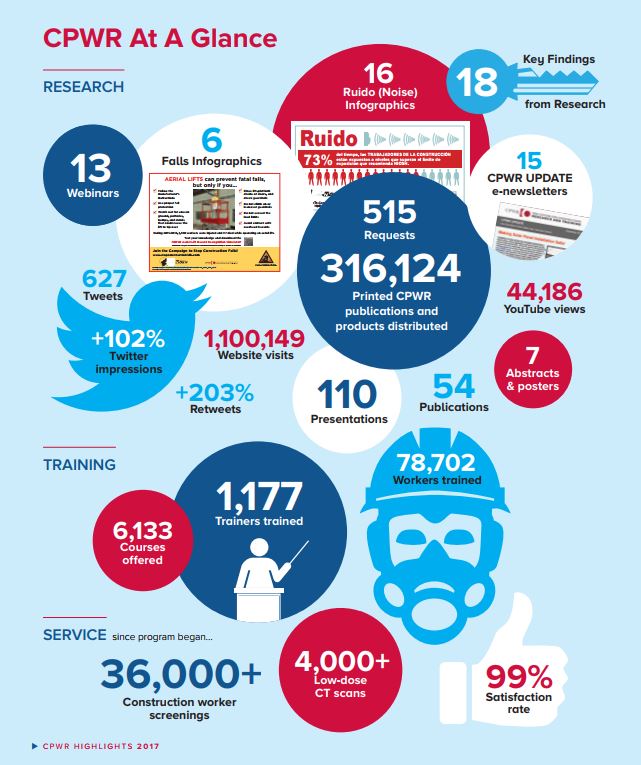 Protecting construction workers from being injured or dying in accidents is the mission of the Center for Construction Research and Training (CPWR). CPWR not only publishes in-depth research in the field of construction safety and health but also provides services and training programs for construction workers.
Protecting construction workers from being injured or dying in accidents is the mission of the Center for Construction Research and Training (CPWR). CPWR not only publishes in-depth research in the field of construction safety and health but also provides services and training programs for construction workers.
The researchers at CPWR are working in close collaboration with the National Institute for Occupational Safety and Health (NIOSH) on safety and health issues affecting construction workers. Based on research results, CPWR develops new interventions to protect construction workers. CPWR is working with tool and equipment manufacturers, instructors and insurance companies to reach out to contractors and workers. They believe in r2p: research to practice and p2r: practice to research.
Last year the institution offered 6,133 courses and trained 1,177 trainers who themselves trained 78,702 workers. CPWR firmly believes that improving safety culture and climate leads to a reduction of injury and illnesses.
 New York Personal Injury Attorneys Blog
New York Personal Injury Attorneys Blog


